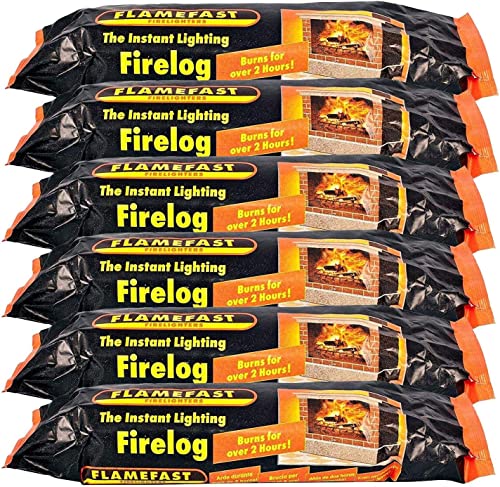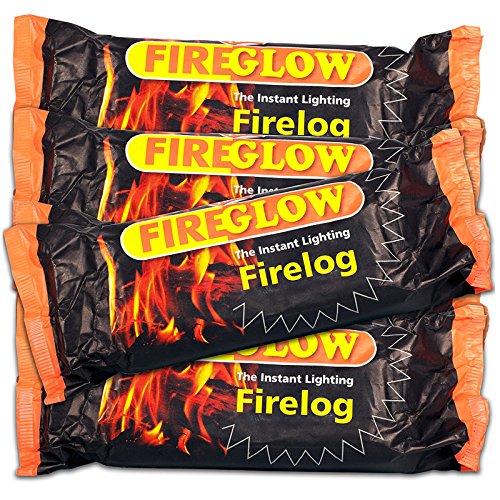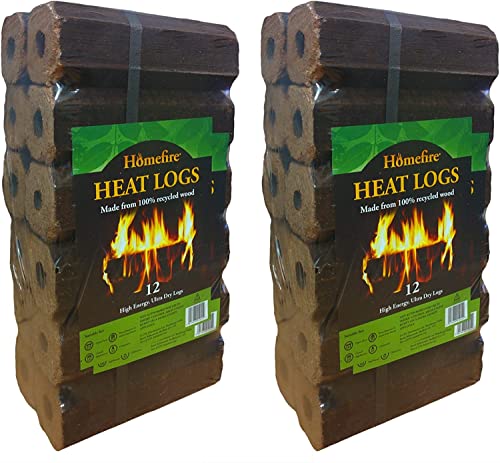When it comes to creating a cozy and warm atmosphere in your home, few things compare to the crackle and warmth of a wood fire. However, not all firewood is created equal, and understanding the benefits of kiln-dried hardwood logs can significantly enhance your burning experience. This guide will explore kiln-dried hardwood logs, their benefits, and practical guidance on how to use them effectively.
What Are Kiln-Dried Hardwood Logs?
Kiln-dried hardwood logs are firewood that has been processed through a drying procedure in a kiln. This method involves placing the wood in a controlled environment where heat and airflow are managed to remove moisture content. The aim is to achieve an optimal moisture level, making the wood ready to burn efficiently.
How is Kiln Drying Different?
- Traditional Seasoning: This method relies on air drying the logs naturally over time, which can take several months to a few years, depending on conditions.
- Kiln Drying: This is a rapid, controlled process designed to lower the moisture content in a fraction of the time, usually resulting in wood that is ready to burn within a few days.
Benefits of Using Kiln-Dried Hardwood Logs
-
Lower Moisture Content
- Kiln-dried hardwood logs typically have a moisture content of 15-20%. This is significantly lower than air-dried wood, often over 30%. The reduced moisture leads to a more efficient burn.
-
Higher Energy Output
- The lower moisture content means that kiln-dried logs produce more heat and energy when burned, translating to a warmer fire with less effort.
-
Less Smoke and Ash
- Due to their dry nature, these logs produce less smoke and create less ash, allowing for a cleaner burn. This is especially beneficial for indoor wood stoves or fireplaces, where air quality and ease of cleaning are considered.
-
Easier to Light
- Kiln-dried logs ignite more easily than their air-dried counterparts, making them ideal for quick starts, especially in colder weather.
-
Consistent Quality
- Kiln drying leads to a uniform product with consistent size and quality. This reliably enhances your burning experience.
-
Pest-Free
- The drying process kills any pests or insects that may inhabit the wood, ensuring that you don’t introduce unwanted visitors into your home.
Comparison of Kiln-Dried vs. Air-Dried Firewood
| Feature | Kiln-Dried Hardwood Logs | Air-Dried Hardwood Logs |
|---|---|---|
| Moisture Content | 15-20% | 20-30%+ |
| Burning Efficiency | Very High | Moderate |
| Smoke Production | Low | Higher |
| Ease of Ignition | Very Easy | Moderately Difficult |
| Pest Control | Excellent | Variable |
| Preparation Time | Short (days) | Long (months to years) |
How to Use Kiln-Dried Hardwood Logs Effectively
-
Store Properly: Once you purchase kiln-dried logs, keep them in a cool, dry place away from moisture. Ideally, they should be stored off the ground and in a covered area to maintain their dryness.
-
Combine with Kindling: While kiln-dried logs ignite easily, using dry kindling (small sticks or wood shavings) will lead to a faster start. Arrange the kindling in a small teepee shape before adding the logs.
-
Use Seasoned Logs: Although kiln-dried logs are ready to burn, seasoning additional logs for future use can be beneficial. Seasoned logs should be kept for at least a year after being cut for optimal moisture levels.
-
Maintain Airflow: When building a fire, ensure sufficient airflow around the logs to promote efficient burning. Avoid packing the logs too tightly together.
-
Rotate Your Stock: Make it a practice to use older logs first, ensuring that your firewood remains as dry as possible.
Frequently Asked Questions (FAQs)
Q: How long does it take for kiln-dried firewood to be ready to burn?
A: Kiln-dried firewood is ready to burn almost immediately after purchase because of its low moisture content.
Q: Can I use kiln-dried logs in my indoor fireplace?
A: Yes, kiln-dried hardwood logs are ideal for indoor fireplaces, wood stoves, and fire pits due to their clean burning properties.
Q: Are kiln-dried logs more expensive than regular firewood?
A: While kiln-dried hardwood logs may cost more upfront, their efficiency, lower smoke production, and higher energy output often result in overall savings.
Q: How do I know if my firewood is kiln-dried?
A: Look for tags or certifications indicating it's kiln-dried, or check the moisture content with a moisture meter if available.
Q: Can kiln-dried wood be stored outdoors?
A: It is advisable to store kiln-dried logs in a dry place, ideally covered, to prevent moisture absorption and maintain their burning quality.
Kiln-dried hardwood logs are an excellent choice for anyone looking to enjoy a high-quality fire with enhanced efficiency and reduced smoke. Whether used in indoor stoves, fireplaces, or outdoor fire pits, their advantages are clear. By understanding how to properly store and utilize these logs, individuals can not only enjoy a warm, inviting atmosphere in their homes but also optimize their wood-burning experience for heat and comfort.






